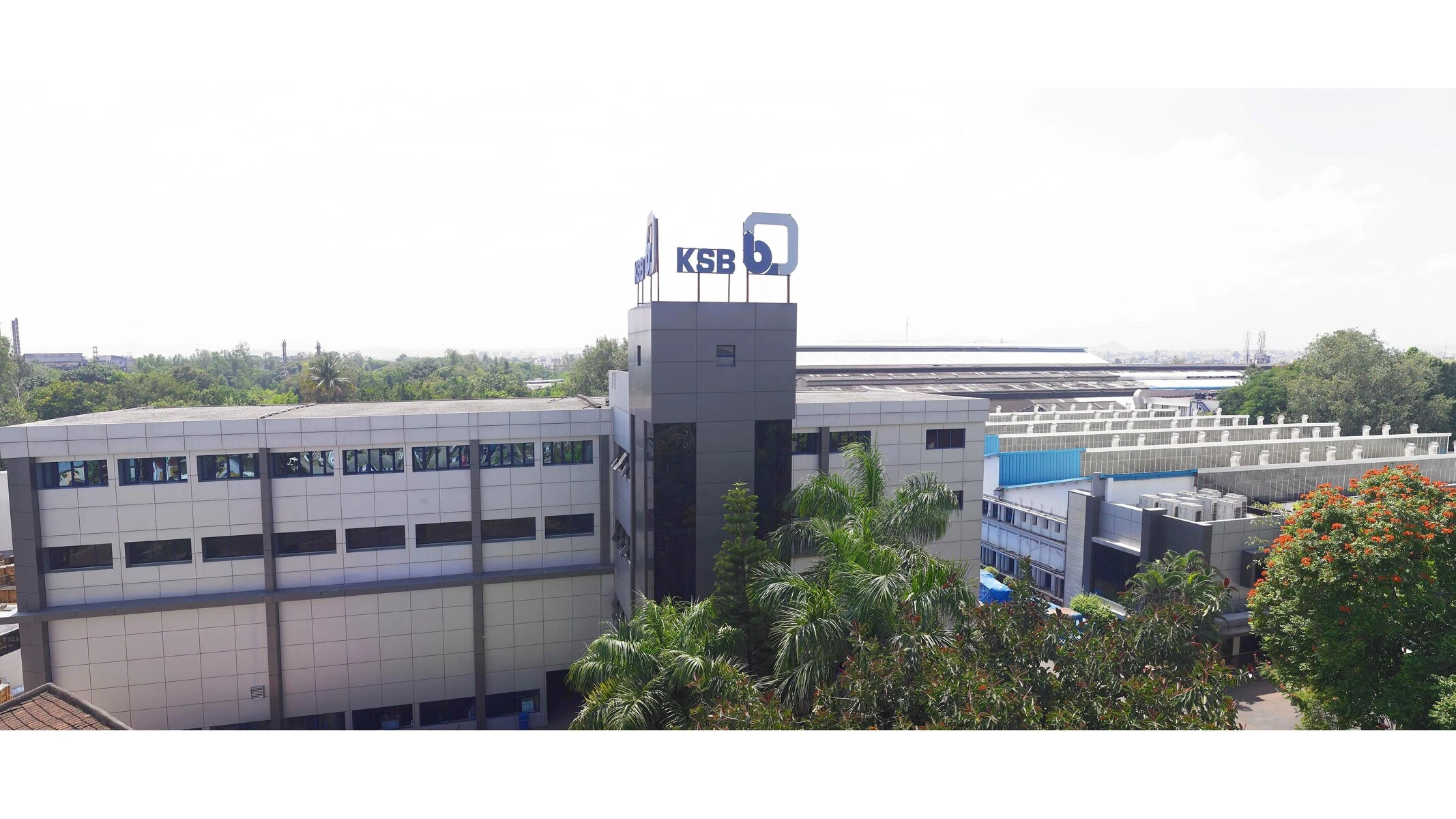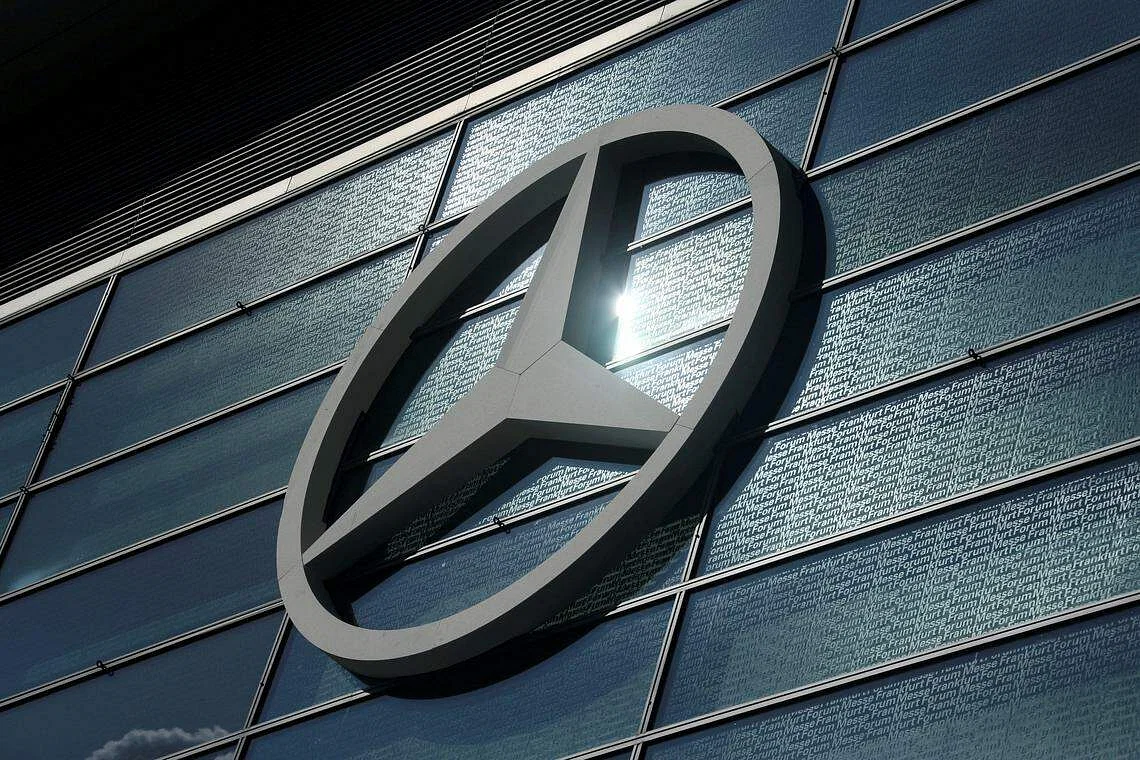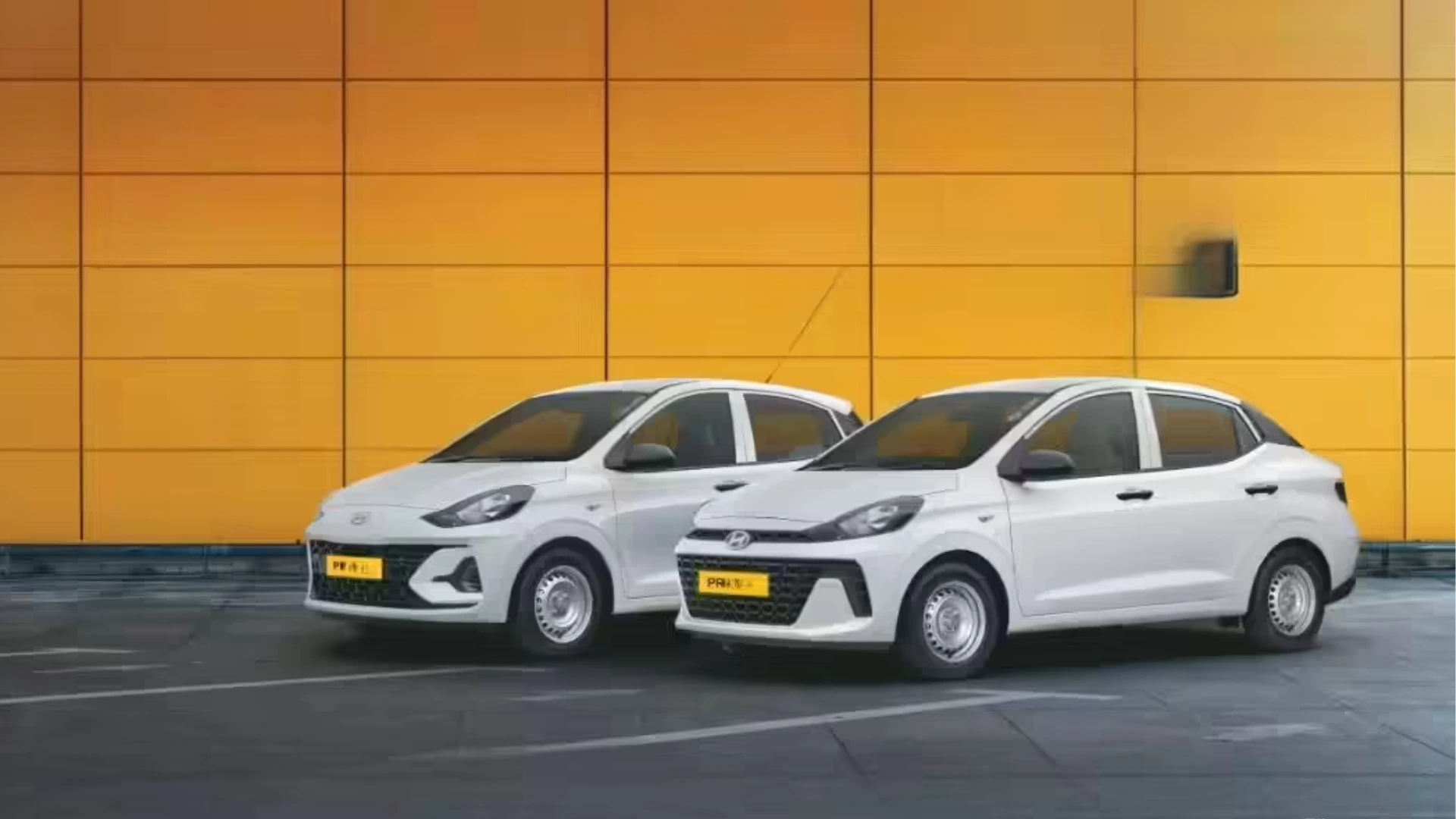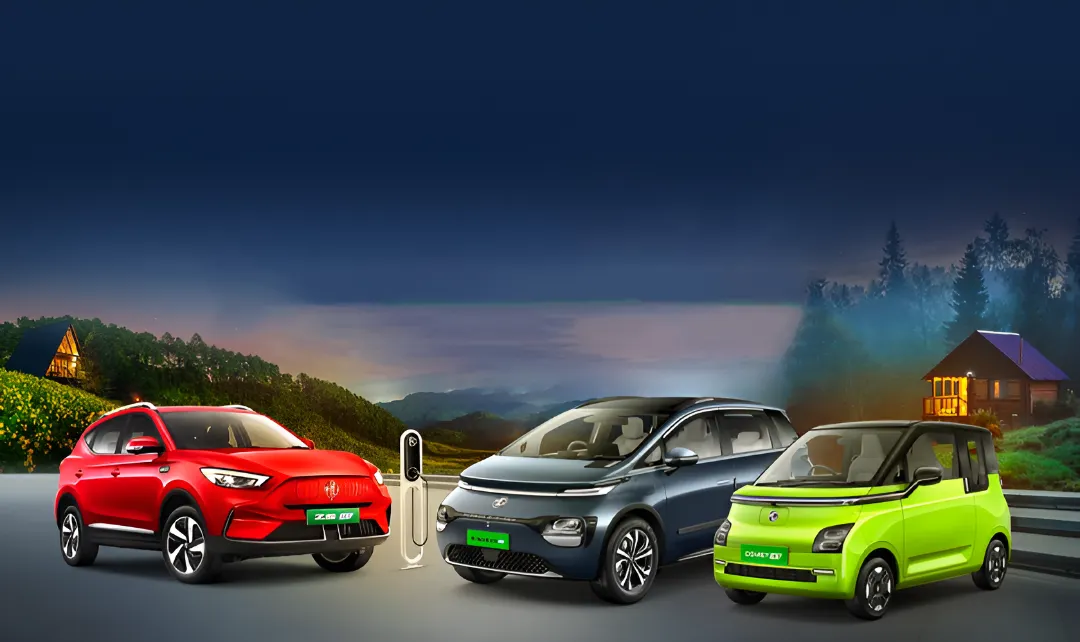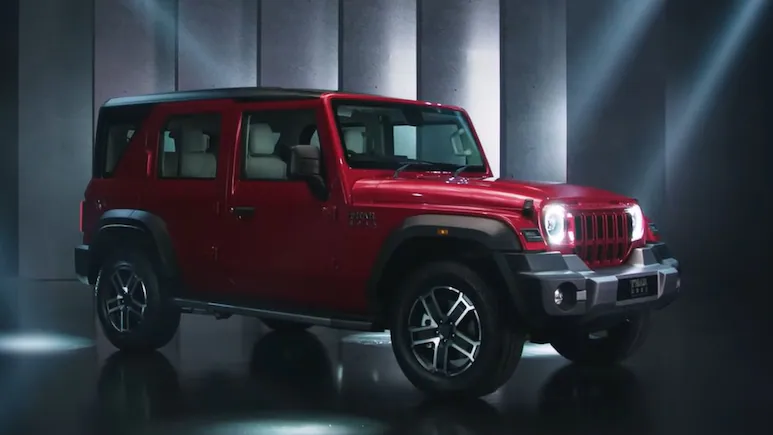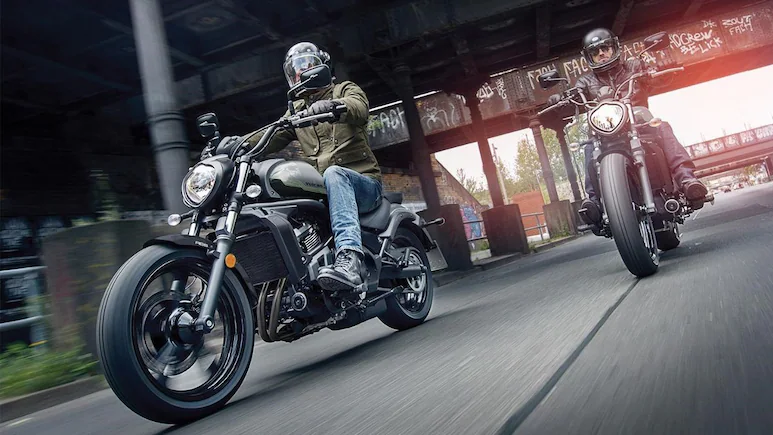Major automakers and technology companies around the world have committed billions of dollars to making autonomous car technology a reality. Industry researchers estimate that it will take some time for the automotive sector to reach the point where most driving situations can be handled by cars themselves without the need for human involvement.
It is recommended that the management of real-life scenarios, including split-second decision-making, adapting to rapidly changing weather, and the ability to spot another vehicle at a crossing, to an alert driver. Technology can be incredibly helpful, and when used correctly, some of today's automated assistance systems have the potential to save lives. However, driving is challenging; There are several different types of roads, trails, and weather conditions, so sometimes it's best to stick to the same path.
The National Highway Traffic Safety Administration (NHTSA), which gathered crash reports from AV manufacturers between July 2021 and May 2022, said in the first comprehensive report of its kind that this vital information will be critical to the research and policy formulation to increase security of these technologies. In addition, companies promote autonomous driving technology at the expense of public safety, say several critics of these programmers. For example, Tesla was forced to stop using its "assertive" autonomous driving mode that allowed its cars to go through stop signs without coming to a complete stop.
The perception package placed in the vehicle ultimately determines how safe and efficient AV vehicles operate. Perception systems use various sensing methods to create models of the area around a vehicle.
To improve the representation of distant objects, perception systems have also started to use unique edge devices. In addition, the safe operation of vehicles is guaranteed for all these cars in accordance with the new ISO requirements. New technologies are also being incorporated into perception systems, such as on-chip radar 4D digital imaging, which are said to aid autonomous navigation. According to research, providing heterogeneous computing platforms can help autonomous driving become a reality sooner. Data-driven car design relates to the idea of digital twins in the context of autonomous vehicles. The digital twins of the vehicles will build a shared architecture to eliminate security concerns.
The ability of the AV to recognize and drive safely around other cars, bicycles, pedestrians, and any other potentially dangerous road obstructions depends on the sensors on which it is installed. LiDAR sensors have enormous potential to help autonomous vehicles navigate and view the environment with extremely high precision. LiDAR sensors collect spatial data by scanning a beam of light to create a 3D map of the target area. It complements cameras and radar by providing clear, high-resolution range and speed information during the day and at night.
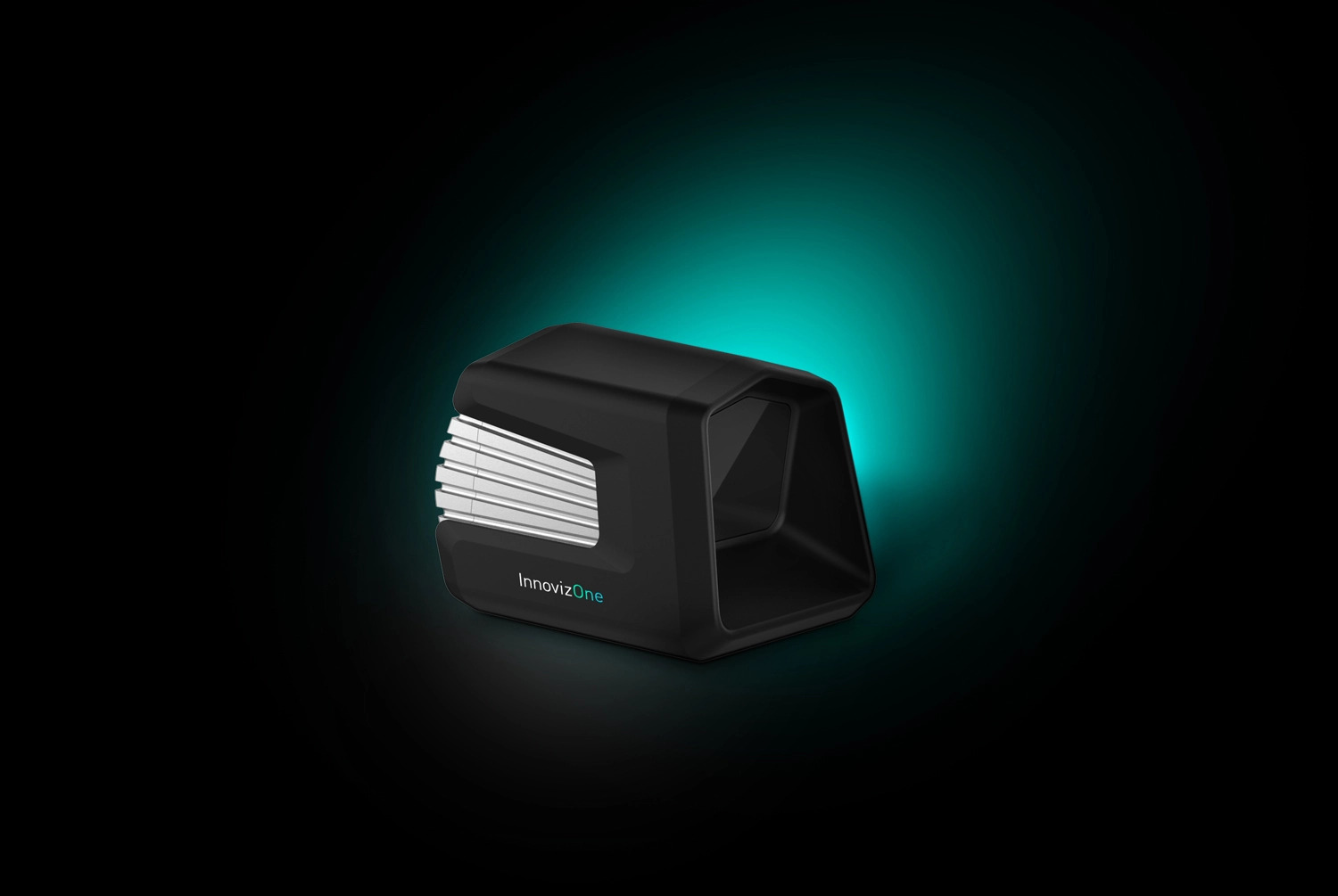
But before this new technology can be widely adopted, a number of limitations must first be corrected.
Difficulties facing the LiDAR industry:
Costs need to decrease by a factor of double what they are now.
Automotive Grade reliability is required to provide optimum performance under a variety of driving and weather conditions, including entry, impact, heat, shock and vibration. Any practical lidar system must also demonstrate multi-year reliability to meet standards set by the Automotive Electronics Council, an international association of automotive electronics companies.
Long-range LiDAR must have a range of at least 150 meters and a body reflectivity of at least 8%.
To perceive the situation around the vehicle, the vertical field of vision must be more than 45 degrees.
Solid-state LiDAR debuted in 2018 and quickly gained notoriety. Solid state sensors can reduce costs by more than 10 times while increasing sensor range by more than 200m. Therefore, it is useful to first consider the advantages of solid-state lidar in the context of current technology. Until now, lidar, which uses moving elements to direct a beam of light, has been the primary technology used in cars and autonomous systems. Many lasers, optics, electronics, and detectors are placed on a mechanical turntable in the most common lidar configuration. The cost of assembling and aligning all these parts results in lower volumes and higher prices, and the deterioration of mechanical parts raises questions about their long-term reliability.
Tracxn's research states that 65 AV companies use LiDAR. The field of self-driving cars has grown thanks to tens of thousands of unit-production lidar systems, but they are not well-suited for large-scale deployment of lidar. These features have led to a significant trend away from mechanical components in favor of smaller designs that are more reliable, can be manufactured in large quantities, and have a lower cost per unit.
The state-of-the-art in LiDAR research is being advanced by automotive companies like Velodyne (now Velodyne + Ouster) and tech startups like Luminar & Xenomatix. The future of L3 and L4 autonomy is becoming more likely as OEMs like Mercedes-Benz engage deeper cooperation in the Lidar domain.
Also Read: KSB Limited acquires technology of Bharat Pumps & Compressors to ramp pump up business





